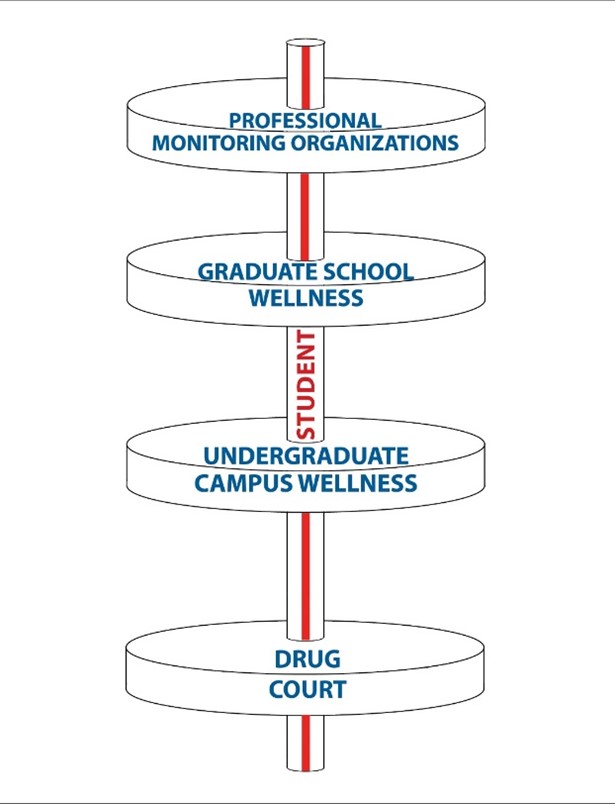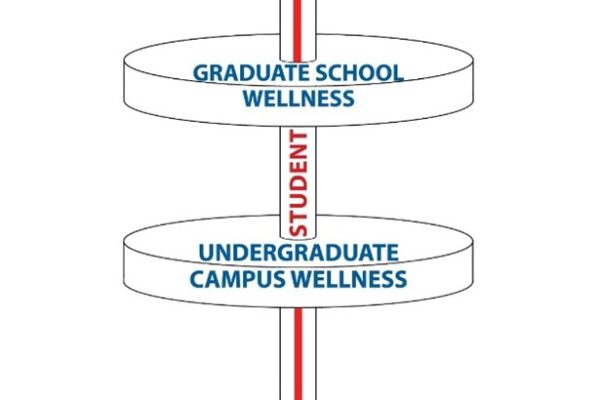In the first post in this series, I described concepts connected to the origin and early formation of the Recovery Advocacy Alliance. For the sake of continuity and understanding, I encourage you to go back and read that post if you haven’t done that yet.
This is the second post in the series. In this post I’ll describe the further evolution of the Alliance.
After our initial trading of ideas in 2013 Tom and I formed the Alliance and started to put in effort. That work eventually included holding our first national meeting of sector leaders in 2014. The general purpose of that summit meeting was to assist representatives of collegiate recovery programs and professional monitoring programs in beginning to understand each other’s systems and to collaborate for the sake of the person served.
After that point, however, Tom called me once again with another question. This time he phrased it more as a challenge than a question.
He said, “Give me a reason to put Drug Court at the table.”
As I always do, I asked him for time and “…permission to think…”. This time he declined with good humor and said “No. Just tell me your answer.”
I retorted in the moment by saying, “Drug court doesn’t fit. The answer is that it doesn’t fit. That’s the answer.”
Of course he pressed and said, “But tell me why Drug court does fit.”
I had nothing new to say in that next moment. So, I defaulted and simply said, “It’s the same person again.” Before they went back to school for a life change, they were arrested, and got into Drug Court.”
He accepted that answer and let me off the hook of having to give him a better answer. But he once again asked for a visual diagram.
My reply was to merely replace “Addiction Treatment” with “Drug Court” in the timeline image I had given him before. In truth I liked this visual a little bit better than that first one. Why? Because to me, Drug Courts collectively are more like a true sector within our field (from my clinical perspective) rather than “treatment” which to me seems so broad and varied.

Tom and I held a national summit in 2016. It was fantastic, especially compared to our first national gathering in 2014.
- The attendees had great energy.
- The culture shock and awkwardness from the very different systems meeting for the first time in 2014 was in the past.
- And the attendees were ready for real collaboration.
During our 2016 meeting, while things were rolling along well, one of the attendees said something close to this:
“I think we have representatives from our respective national conferences here in the room. I’m on my own conference planning committee. I think key representatives from each of our systems could speak as a panel at all our national conferences. I’ll commit if others will.”
Within seconds we had all the needed commitments.
Regardless of the good movement forward, around that time I wanted to step back and write something that had a counselor-patient focus. I wanted it to highlight the day-to-day work of addiction counselors and the powerful decision making done by many young adults during their addiction treatment. And I wanted it to be based on our first two sectors in the Alliance. That writing was published in early 2017 (Crowe, Hennen, & Coon, 2017).
A panel with representatives from each sector was developed for national conferences as suggested during our 2016 summit. I was fortunate to be a member of the touring panel in 2017 that presented the following:
- The Offender, the Defender, and the Student: Drug Court, Professional Monitoring, and Collegiate/Youth Recovery Organizations Working Better Together. Advancing Justice: The National Association of Drug Court Professionals (NADCP) Annual Training Conference.
- Linking CRP’s and Those They Serve to Other Systems of Recovery Advocacy: A Recovery Alliance Panel. The 8th National Collegiate Recovery Conference (The Association of Recovery in Higher Education – ARHE).
- Linking Lawyers Assistance Programs and Those They Serve to Other Systems of Recovery Advocacy: A Recovery Alliance Panel. The American Bar Association Commission on Lawyer Assistance Programs (CoLAP) 2017 National Conference.
During these presentations the differing systems described themselves to each other and to the audience. And they discussed opportunities for collaboration and related improvements as part of the presentation. It was very interesting to hear the responses of the panel members and the audience members. It was exciting to hear and see collaborations being formed in real-time by attendees. And it was exciting to hear and see the focus develop across the longer and specific life course of the person served – rather than be limited to the closed timelines of eligibility within programs where panel members or attendees worked. The Recovery Alliance concept was getting some traction.
In spite of that success, we wanted to continue to improve our panel process. We doubled back in 2018 to one of the national conferences and gave our panel process another try.
- Educated, Employed and Impaired: How I Almost Lost It All and the Alliance of Treatment Courts, Professional Monitoring Organizations and Collegiate Recovery Programs That Could Have Helped. The National Association of Drug Court Professionals (NADCP) Annual Training Conference.
This panel event included our most “real” story/sharing. I must say it was very moving and eye-opening for the room of attendees. The message was perhaps our clearest call to action – a call to collaborate across sectors for the sake of the person served.
During those years and since, we have moved from national presentations and working meetings toward various presentations and collaborative/working meetings at the state, multi-county, and county levels. We have noticed that as the focus becomes more local, the traction of our message seems to improve.
In the next post of this series, I’ll describe the expansion and clarification of our model and methods. We ended up including many more sectors. We benefitted from the lessons of our earlier efforts. And we became even more action-oriented by getting various collaborative work groups going to help address needs closer to the local level.
